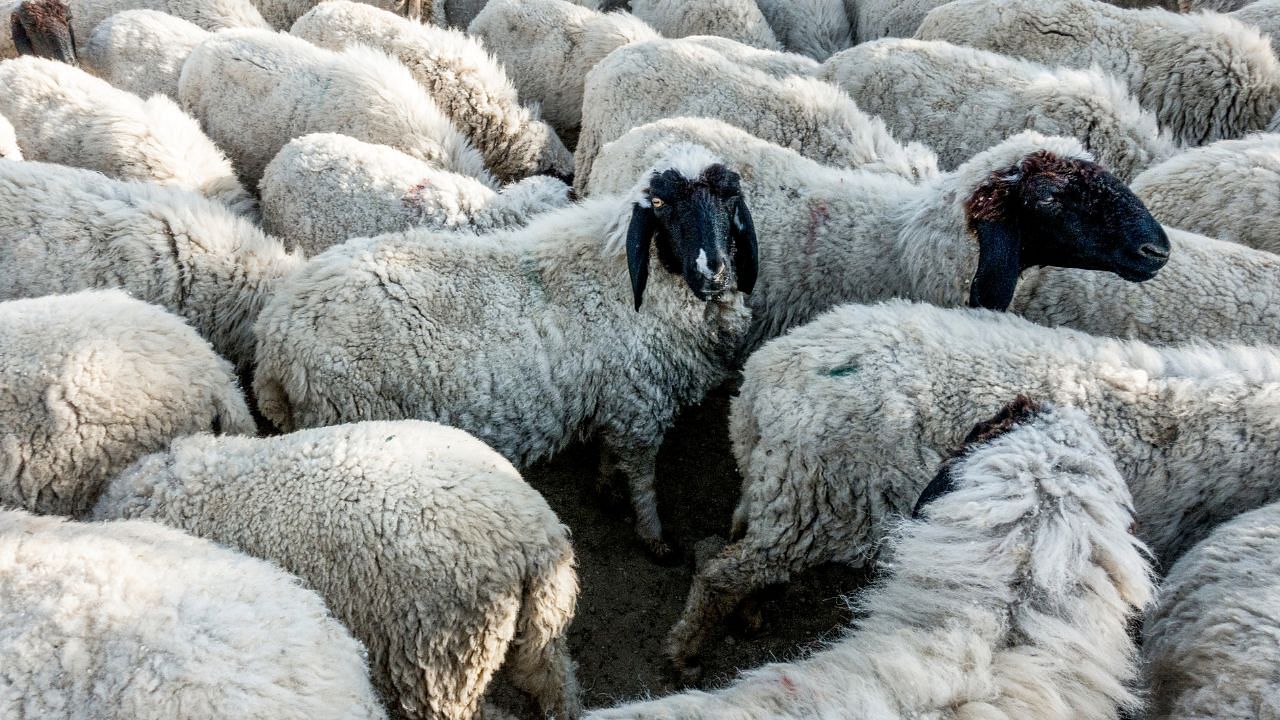
Farmers in West Cork, Ireland, have been urged to exercise caution due to a surge in confirmed cases of Schmallenberg virus (SBV). This midge-borne virus poses a significant risk to cattle, sheep, and other ruminants, as it can lead to birth deformities in newborn calves and lambs. While the impact of SBV in Ireland has been relatively low overall, it remains a concern for farmers, especially those in affected regions.
What is the Schmallenberg Virus?
SBV primarily affects ruminants, including cattle, bison, sheep, and goats. The disease manifests most notably around the time of parturition, with offspring exhibiting signs of brain damage or physical malformations. Transmission occurs primarily through insect vectors, particularly midges, which can spread the virus over considerable distances. Additionally, vertical transmission from the dam to offspring is possible, further complicating control efforts.
Impact and Management
While SBV has been characterized as a low-impact virus, it can have devastating effects on individual farms, particularly when animals are infected during critical stages of pregnancy. Deformed offspring born as a result of SBV infection often face significant health challenges and are unlikely to thrive in the long term. Therefore, culling may be necessary to prevent unnecessary suffering and reduce transmission risk.
Prevention Strategies
Preventing SBV transmission presents challenges, as controlling midge populations, the primary vectors, is difficult given their widespread distribution. However, strict hygiene measures during assisted lambings and calvings can help reduce transmission risk. Additionally, delaying breeding during peak midge activity periods may decrease the likelihood of fetal malformations.
Vaccination also plays a role in SBV management, with inactivated vaccines available in some regions. While vaccination can help bolster immunity in susceptible herds, its effectiveness may vary depending on factors such as timing and coverage.
Importance of Surveillance
One crucial aspect of SBV management is surveillance, as early detection can aid in controlling outbreaks and preventing further spread. Regional veterinary laboratories play a vital role in surveillance efforts by testing deformed calves and lambs for SBV and other viruses, such as Bluetongue Virus (BTV). By increasing the intensity and sensitivity of surveillance, authorities can better understand the prevalence and distribution of SBV, informing targeted control measures.











